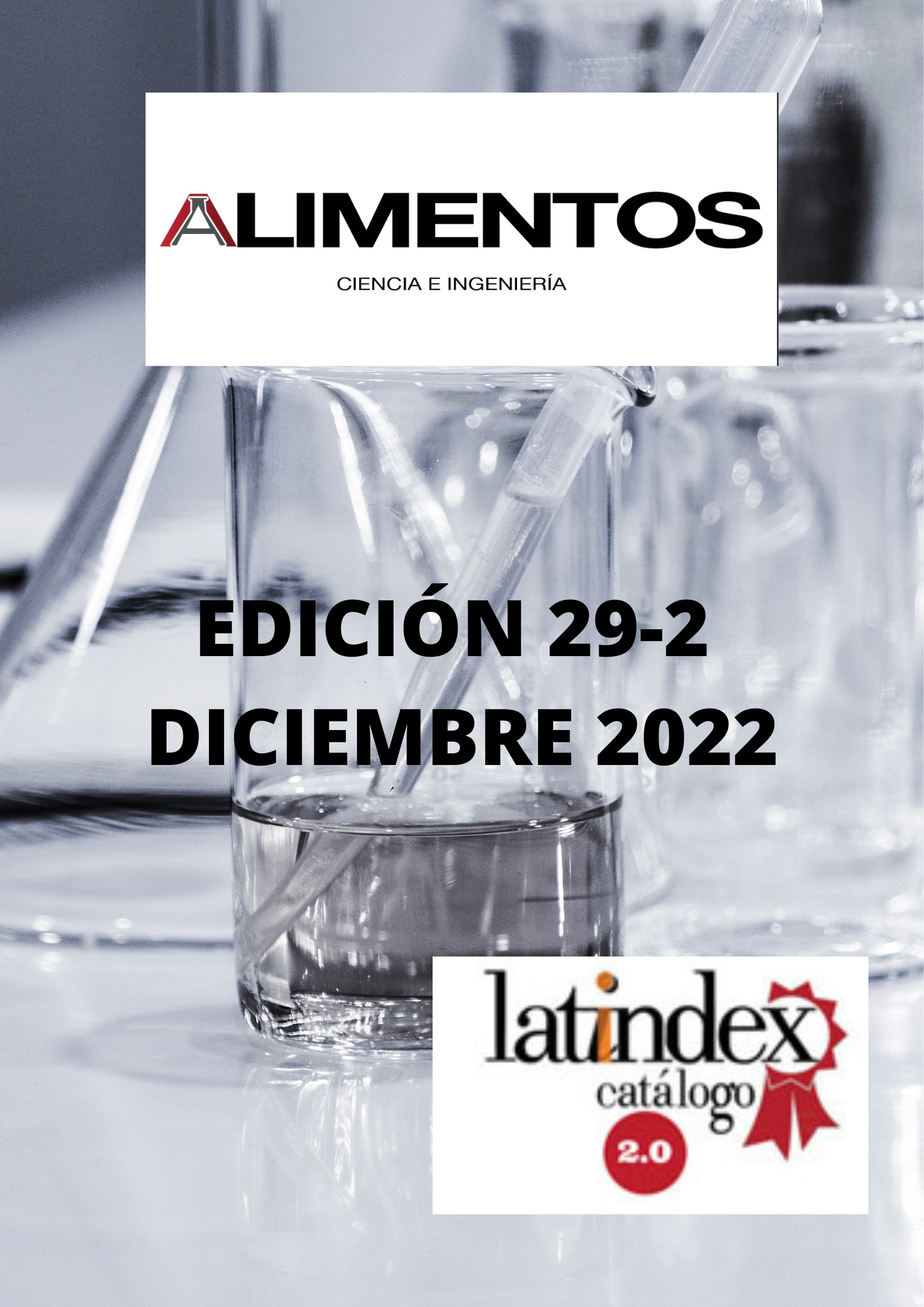Valorization of Cocoa by Products: Applications and Perspectives in the Food Industry
Contenido principal del artículo
Resumen
Cocoa (Theobroma cacao L.) is a native species of the Amazon region in South America. Its fruit weight fluctuates between 200 g to more than 1 kg. The cocoa industry mainly uses the seeds contained in de cocoa pod husk as the fraction with the highest commercial value for the production of chocolate. During the pre-processing stages, approximately 80% of the cocoa fruit is discarded as residual biomass. From the by-products generated, a series of chemical components with high-added value has been studied. They can be recovered through the use of sustainable technologies. This document explores the current uses and application prospects in the food industry of cocoa by-products and their bioactive compounds. The current situation in the cocoa market worldwide and in Ecuador will be briefly presented, followed by a description of the structural and chemical composition of cocoa fruits. Next, the process of transforming cocoa into a final product and the by-product streams generated will be detailed. Finally, current applications and prospects for applications through the use of sustainable technologies will be addressed.
Descargas
Detalles del artículo

Esta obra está bajo una licencia internacional Creative Commons Atribución-NoComercial 4.0.
Aquellos autores/as que tengan publicaciones con esta revista, aceptan los términos siguientes:
a. Los autores/as conservarán sus derechos de copiar y redistribuir el material, bajo los términos estipulados en la Licencia de reconocimiento, no comercial que permite a terceros compartir la obra bajo las siguientes condiciones:
Atribución: debe dar el crédito apropiado, proporcionar un enlace a la licencia e indicar si se realizaron cambios. Puede hacerlo de cualquier manera razonable, pero no de ninguna manera que sugiera que el licenciante lo respalda a usted o su uso.
No comercial: no puede utilizar el material con fines comerciales.
Sin restricciones adicionales: no puede aplicar términos legales ni medidas tecnológicas que restrinjan legalmente a otros hacer cualquier cosa que la licencia permita.
Citas
Abbas, M., Saeed, F., Anjum, F. M., Afzaal, M., Tufail, T., Bashir, M. S., … Suleria, H. A. R. (2017). Natural polyphenols: An overview. International Journal of Food Properties, 20(8). Retrieved from https://doi.org/10.1080/10942912.2016.1220393
Acosta, N., de Vrieze, J., Sandoval, V., Sinche, D., Wierinck, I., & Rabaey, K. (2018). Cocoa residues as viable biomass for renewable energy production through anaerobic digestion. Bioresource Technology, 265, 568–572. Retrieved from https://doi.org/10.1016/j.biortech.2018.05.100
Adetunji, L. R., Adekunle, A., Orsat, V., & Raghavan, V. (2017). Advances in the pectin production process using novel extraction techniques: A review. Food Hydrocolloids, 62. Retrieved from https://doi.org/10.1016/j.foodhyd.2016.08.015
Adi-Dako, O., Ofori-Kwakye, K., Frimpong Manso, S., Boakye-Gyasi, M. el, Sasu, C., & Pobee, M. (2016). Physicochemical and Antimicrobial Properties of Cocoa Pod Husk Pectin Intended as a Versatile Pharmaceutical Excipient and Nutraceutical. Journal of Pharmaceutics, 2016. Retrieved from https://doi.org/10.1155/2016/7608693
Afoakwa, E. O. (2010). Chocolate science and technology. Choc. Sci. Technol
Agrocalidad (2021). Boletín informativo: Informe técnico de exportación de cacao [archivo PDF]. Recuperado de https://www.agrocalidad.gob.ec/wp-content/uploads/2022/02/Informe-cacao.pdf
Agus, B. A. P., Mohamad, N. N., & Hussain, N. (2018). Composition of unfermented, unroasted, roasted cocoa beans and cocoa shells from Peninsular Malaysia. Journal of Food Measurement and Characterization, 12(4). Retrieved from https://doi.org/10.1007/s11694-018-9875-4
Altin, G., Gültekin-Özgüven, M., & Ozcelik, B. (2018a). Chitosan coated liposome dispersions loaded with cacao hull waste extract: Effect of spray drying on physico-chemical stability and in vitro bioaccessibility. Journal of Food Engineering, 223. Retrieved from https://doi.org/10.1016/j.jfoodeng.2017.12.005


